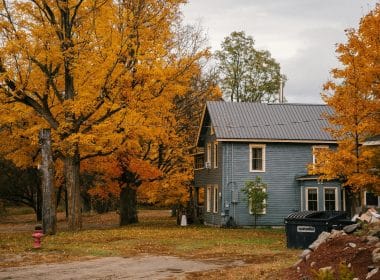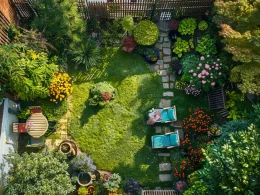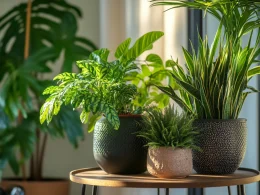Gardens require continual upkeep, but that’s not always possible. If life got busy and you had to pause gardening for a while, you likely have a backyard full of overgrown plants. Reclaim your yard with simple steps that turn old garden beds into beautiful spaces.
You’ll get your plants back in shape for the coming season without any guesswork.
1. Decide Which Plants You’ll Keep
Overgrown plants don’t automatically have to end up in the trash. You might want to keep some if you give yourself time to consider each one. See how many flowers, vegetable plants, shrubs or trees you have in your garden.
Marking the ones you want to keep will make reclaiming your backyard much easier once you’re busy ripping out root systems. Property line markers are excellent tools for this because they’re budget-friendly and easy to move.
2. Divide Oversized Perennials
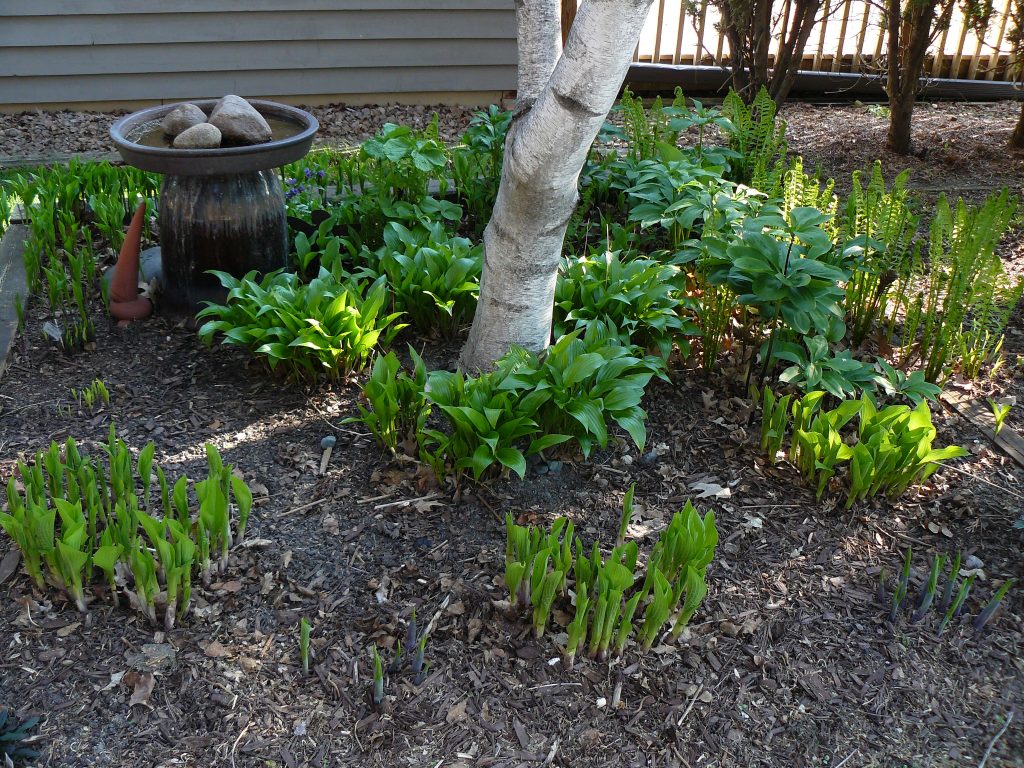
If you’re like many gardeners, you likely have at least one perennial in your backyard. They’re some of the easiest plants because they regrow each year. They can also become some of the biggest in an overgrown garden because they’re self-sufficient.
After picking which perennials you’d like to keep, dig up their root systems and divide them in half. You can replant one half and save the other in a plastic nursery pot. Given how the U.S. garden market makes $133 billion annually, you won’t have to look far to find a store selling these containers.
You might keep your perennials as part of your indoor garden or give them away to loved ones. Either way, you’ll have less plant debris to worry about when it’s time to get down to business.
3. Weed Out the Garden Debris
Once your selected plants have clear markers, it’s time to weed out the remaining debris. Pull weeds, dig up root systems and use a weed wacker to cut down areas you can’t access.
Consider how much debris you’ll likely remove before getting started. You may end up with a pile of natural waste that’s too big to move. If your garden requires tons of foliage removal, you could use a dump trailer to drive everything to a local landfill that takes yard waste.
The trailer’s enclosed sides will keep everything in place while the landscape spreader gate filters dirt from the debris to lighten your load as much as possible. You could use the extra soil to fill your garden after a quick trip to your local yard waste collection site.
4. Double-Check Your Hardiness Zone
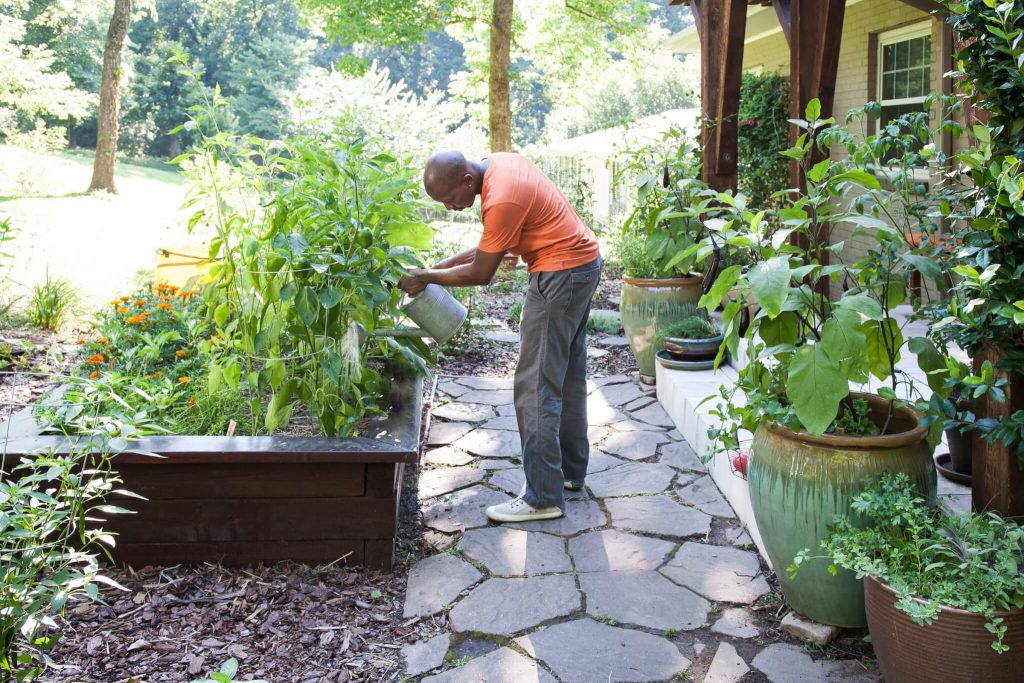
At this point, your garden will have bare patches and a few potential plants left over. Before you race to the nearest nursery, double-check your hardiness zone.
Hardiness zones point out the best plants for your area by revealing soil and climate types in every region throughout the country. It’s good to refresh your knowledge before choosing which seeds you’ll plant in your backyard. Check labels for a matching hardiness zone recommendation to feel confident they’ll thrive on your property.
5. Prune Existing Trees and Shrubs
Don’t forget to prune existing shrubs and trees before adding new plants. Pruning often helps them thrive because you’ll snip away dead branches and decaying leaves. Clear the space by shaping the shrubs or pruning the trees according to the cropping height each species requires.
It can take time to prune a backyard garden if you have lots of shrubs. Stagger your work over a few days and banish mosquitoes with the biodegradable ingredients in backyard incense sticks. You’ll minimize their annoying buzzing so your pruning sessions are more enjoyable.
6. Freshen Your Soil
Although some landscapers get special credentials through professional training, you don’t need a fancy certificate to prepare your garden. Get a soil test kit from your local garden shop. It will reveal the pH balance of your backyard and its potential nutrient profile.
Read the results to determine what your soil needs. A pH-balancing fertilizer or a tool like magnesium-rich compost could solve those patches where plants can’t seem to grow. Once your soil is ready for plants, your journey to reclaim your backyard is almost done.
7. Install Landscaping Edging
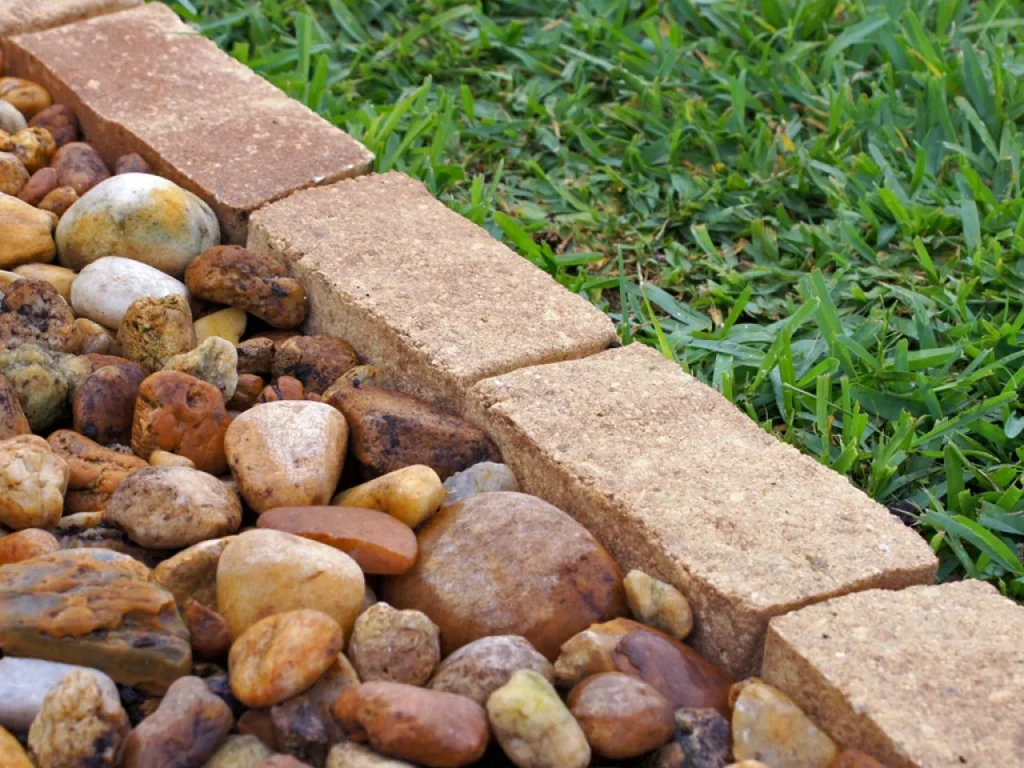
Overgrown plants make it hard to tell where your grass ends and your garden begins. Install landscaping edging while your soil is still loose from your fertilizing. You’ll need to get a roll of edging liner and dig a 2-inch border around your garden.
Install the liner, hammer it in place with edging spikes and push the dirt back into place. You’ll have a visually pleasing border around your plants in less than an hour.
8. Make Plant Labels
You never know what the future holds. You might have to pause your gardening again sooner than you’d like. Give yourself a helping hand by labeling your plants. After placing the seeds or seedlings, use small signs with weatherproof ink or paint to identify them. If your garden becomes overgrown again, you’ll easily tell which plants are worth keeping and which need replacing.
Reclaim Your Backyard With Confidence
Reclaiming your backyard won’t seem so overwhelming once you know what to do. Get the tools you need to remove the dead plants and trimmings before attending to your soil. You’ll create a haven for whatever you decide to grow and set yourself up for a bright gardening future.

